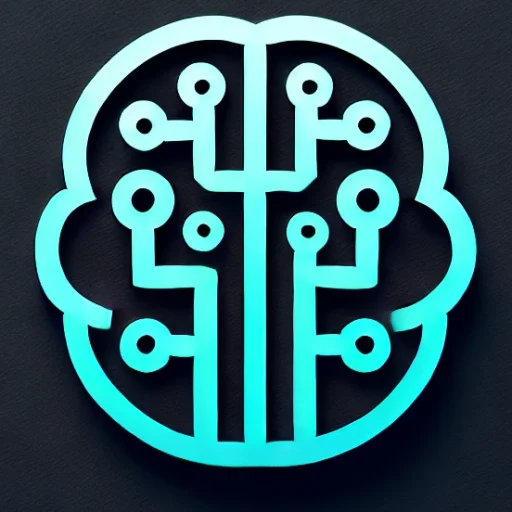
Introduction
In recent years, generative AI has emerged as a transformative force in the field of artificial intelligence and computing. With its ability to create content that mimics human creativity, generative AI has captured the attention of industries ranging from entertainment to healthcare. This technological marvel is not just a tool for generating art or music, but a profound shift that has the potential to redefine the boundaries of what machines and humans can achieve together.
Key Insights & Latest Advancements
Generative AI primarily refers to a class of artificial intelligence systems that can produce new content, such as images, music, text, and videos, often indistinguishable from human-made creations. The use of neural networks, particularly Generative Adversarial Networks (GANs) and transformers like GPT (Generative Pre-trained Transformer), has been pivotal in the development of these systems.
One of the most significant breakthroughs is OpenAI’s GPT series, with the latest model, GPT-4, demonstrating remarkable proficiency in natural language understanding and generation. These models are not only generating coherent text but also aiding in coding, creating conversational agents, and even assisting in scientific research by parsing and summarizing complex data.
Real-world Applications
The applications of generative AI span numerous sectors:
-
Entertainment and Media: Automated content creation, personalized storylines in video games, and deepfakes for movies are revolutionizing how content is produced and consumed.
-
Healthcare: Generative models are being used to simulate biochemical structures, aiding drug discovery, and assisting in the creation of virtual patients for testing medical hypotheses.
-
Design and Art: From designing fashion lines to creating unique pieces of digital art, generative AI is becoming an essential tool for creatives worldwide.
-
Automotive: Companies are utilizing AI to design components and optimize manufacturing processes, leading to more efficient and innovative vehicle designs.
Challenges & Future Outlook
Despite its promises, generative AI poses significant challenges. Issues of copyright infringement, ethical concerns around deepfakes, and biases embedded within AI models are critical hurdles. Furthermore, the computational power required for training such advanced models is immense, raising concerns about accessibility and environmental impact.
The future of generative AI holds promising potential, with ongoing research focused on improving model efficiency and addressing ethical implications. As regulatory frameworks catch up, the responsible development and deployment of these technologies will be crucial for harnessing their full potential.
Conclusion with Key Takeaways
Generative AI is redefining the landscape of artificial intelligence and holds the promise of unparalleled creativity and innovation. Its impact on industries is profound, offering tools that augment human capabilities and open new avenues for exploration and creativity. However, with great power comes great responsibility—ensuring ethical use and addressing the inherent challenges remain crucial as we continue to explore the possibilities this technology offers.
As generative AI continues to evolve, it represents a fascinating frontier in AI and computing, one that will undoubtedly inspire further innovations and transform the way we interact with technology and each other.

